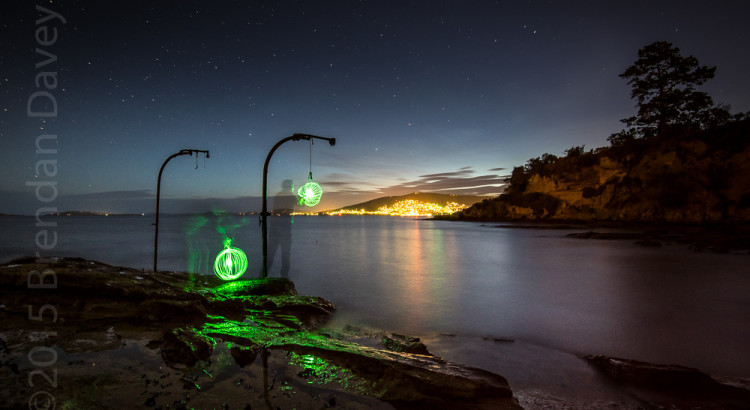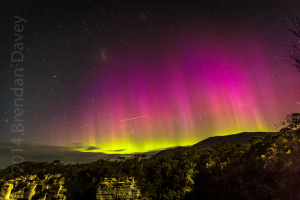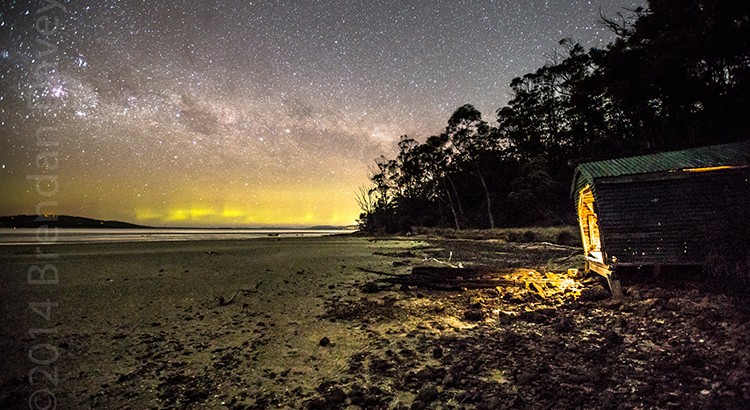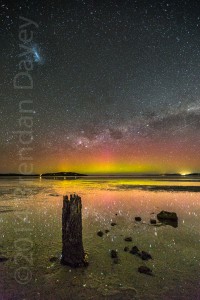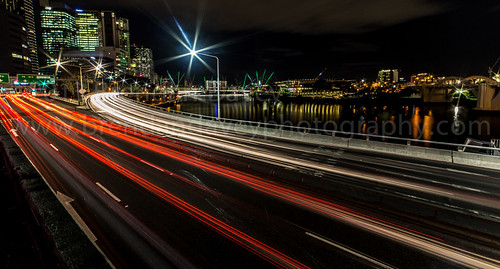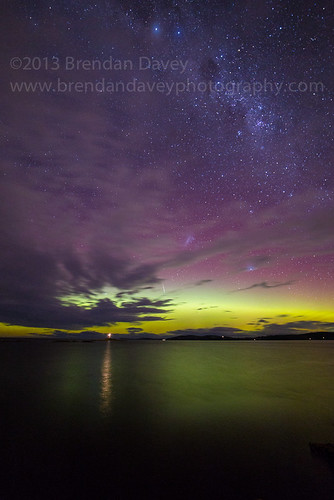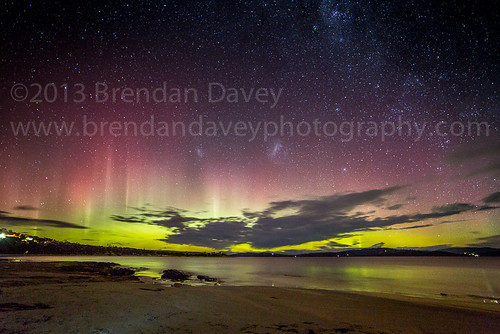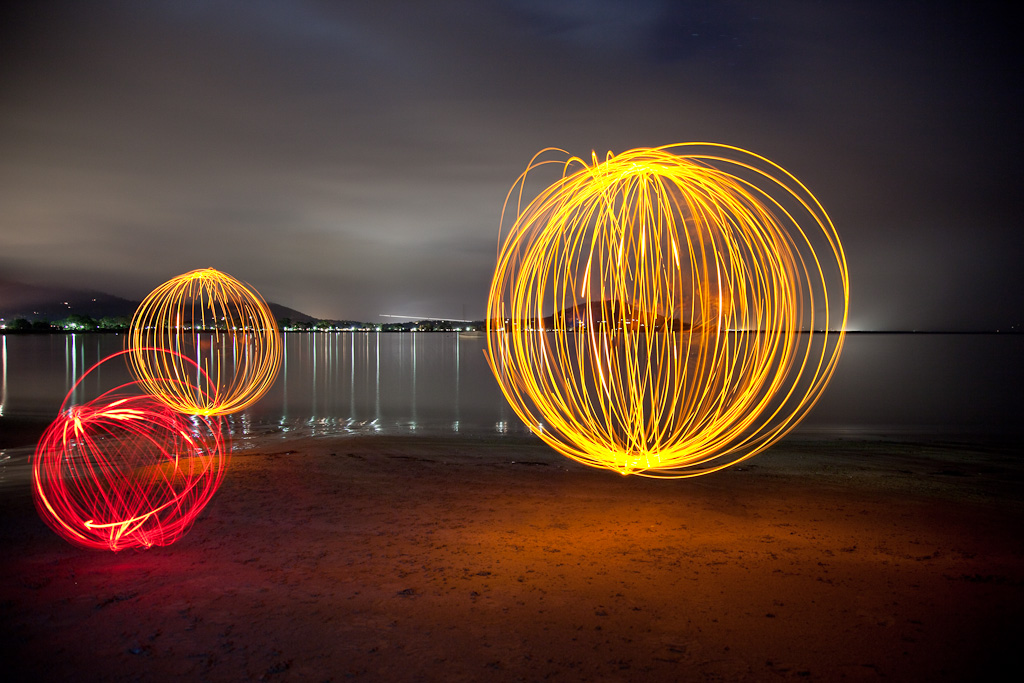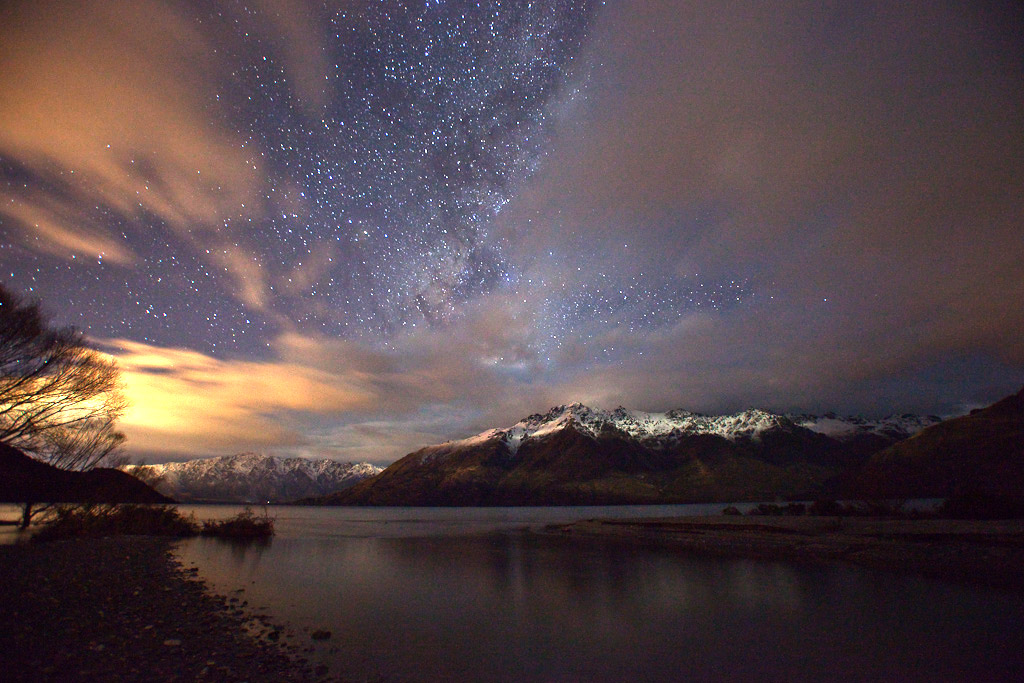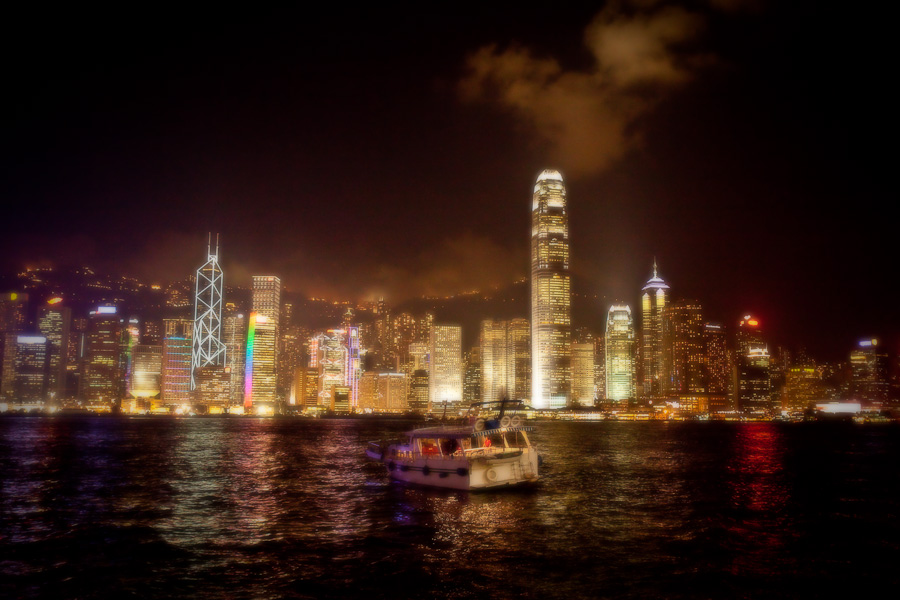Okay so we have all sat in the picture theater and thought “Focus FOCUS”, and maybe recently you started to shoot at night only to find your camera was not up to the task.
“Yer, my camera won’t focus, so how do you focus to infinity at night?”
Most cameras are not designed to focus in extreme low light, and will require manual intervention, switch the lens from Auto to Manual focus mode.
“Ok, so my lens is now in manual mode and I set the focus to infinity but it’s still blurry?”
This is normally the case as the infinity mark is almost never perfect, think of it like the pirate code, that is more a “guide”.
“You mean I can’t focus at all at night?”
There are a number of ways to get perfect focus in the dark, here are the 2 easiest.
1. If your camera supports live view use it. Set you lens to manual focus, and focus to infinity, then using live view and zoom (normally 10x) you should be able to locate a distant light on the horizon or bright star you can adjust the focus on to get it perfect. This will require some practice and stars or faint objects may only work on better / later model cameras and lens with larger apertures like f2.8 and lower.
2. If your camera does not have live view then during the DAY have your camera focus on a distant object in auto focus mode (something on the horizon), then looking at your lens note where the focus mark is, it should be near infinity, but it probably wont be exactly on it. Take note of the location, or place some masking tape next to the mark and mark it with pen so you can manually move the focus back to this spot later. Repeat this a few times to confirm the mark. Now at night set your lens to manual focus and move the focus to your recorded mark. This method is not as good as the one above as lenses have a little bit of “play” or tolerance, but it should be more than good enough for infinity focus.
There you have it two ways to get perfect focus in the dark. – Cheers.
